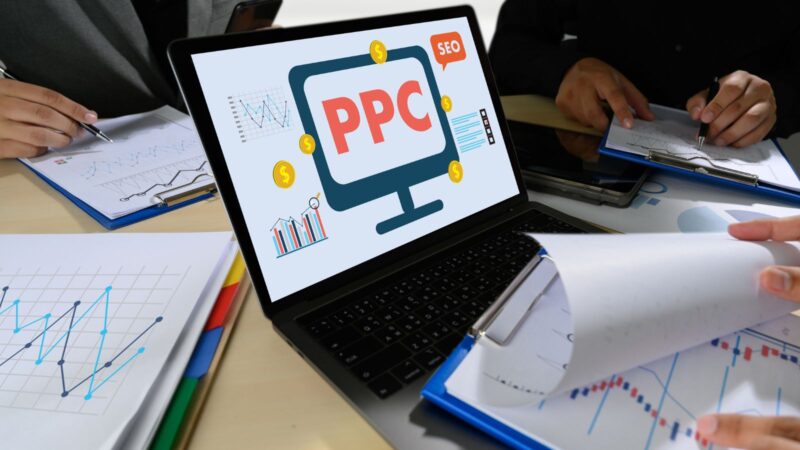
The hybrid model in project management is a combination of agile pods benefits and a waterfall model that aims to exploit the strengths of each approach, but also simultaneously mitigate their respective disadvantages.
What are The Stages of Managing a Hybrid Project?
Design and Planning
The project development stage is always the most important, because it is then that specifications are developed with an accurate understanding of the requirements, goals and expected results. It is very important to clearly understand all the key results and have a detailed project plan.
Execution and Iteration (Agile)
After completing this planning phase, the project moves to a more flexible execution phase that is consistent with Agile principles. The work in this case is organized in sprints or iterations, and each sprint focuses on a set of predefined tasks.
Analysis and adaptation (hybrid)
Since a check is carried out at the end of each sprint to assess the progress made, it allows you to dynamically adapt to changing priorities or new tasks that can easily arise during the implementation of the project.

It is precisely this flexibility that is the key characteristic of this approach.
Why Choose a Hybrid Approach?
Hybrid project management has a number of advantages that make it attractive to many project managers, especially in the IT field. After all, the fact is that by their very nature, IT projects face rapid technological changes, as well as the emergence of new requirements and unforeseen problems. And the need to respond quickly to these changes only reinforces the importance of flexibility in project management. That’s why it might be wise to choose a hybrid model:
- Structure and planning
Although flexibility is important, structure and planning are also important for the implementation of the project. The cascade approach has proven itself in this area thanks to well-defined stages and detailed planning. After all, by including these elements in the hybrid model, you will get a clear structure and a general idea of the entire project from the very beginning, which is very convenient.
- Resource optimization
So if you want to optimize resources, then with a combination of flexible and cascading approaches, you can achieve even better results. For example, if you want to better predict your needs, it is better to choose detailed cascade planning, and if efficiency is more important to you, then the second approach comes to the rescue.
- Satisfaction of stakeholders
The hybrid approach combines both of these approaches, so it offers a more balanced solution. The good news is that then you won’t have to choose between a structured Waterfall aspect and a flexible Agile one. Believe me, if you manage complex and dynamic IT projects, then this is the most optimal approach.
How to Implement a Hybrid Model?
Moreover, the implementation of the hybrid model involves the use of the best practices of flexible and cascading approaches, but this requires a deeper understanding of both of them. Here are some important steps to implement a hybrid model in your project:
- Step 1: Cascade Planning
The first step is to determine the scope and objectives of the project, taking into account the constraints associated with project management. This includes defining results, estimating deadlines and costs, and planning the necessary resources.
- Step 2: Breakdown into flexible sprints
After completing the planning stage, the project moves to the flexible implementation stage.
At the end of each sprint, it is extremely important to summarize the work done and collect feedback. This helps to identify problems, adjust plans and improve processes — all in the spirit of Agile. In the mobile apps example, after each sprint, you can review the developed features, test their performance, collect user feedback and adjust your plans for subsequent sprints based on these reviews.

Step 4: Step-by-step risk management
It is important to actively monitor and manage risks throughout the project, as proposed in a step-by-step approach. This may include regular monitoring of the budget, schedule and quality of the project, as well as identification and mitigation of risks.
Conclusion
The hybrid project management approach is like getting the best of both worlds—combining the solid, step-by-step planning of Waterfall with the flexibility and adaptability of Agile. It lets you start with a clear plan while staying flexible enough to handle changes and new information as the project unfolds. By mixing these two methods, you can make the most of your resources, keep everyone happy, and smoothly navigate the twists and turns that come up during a project.












